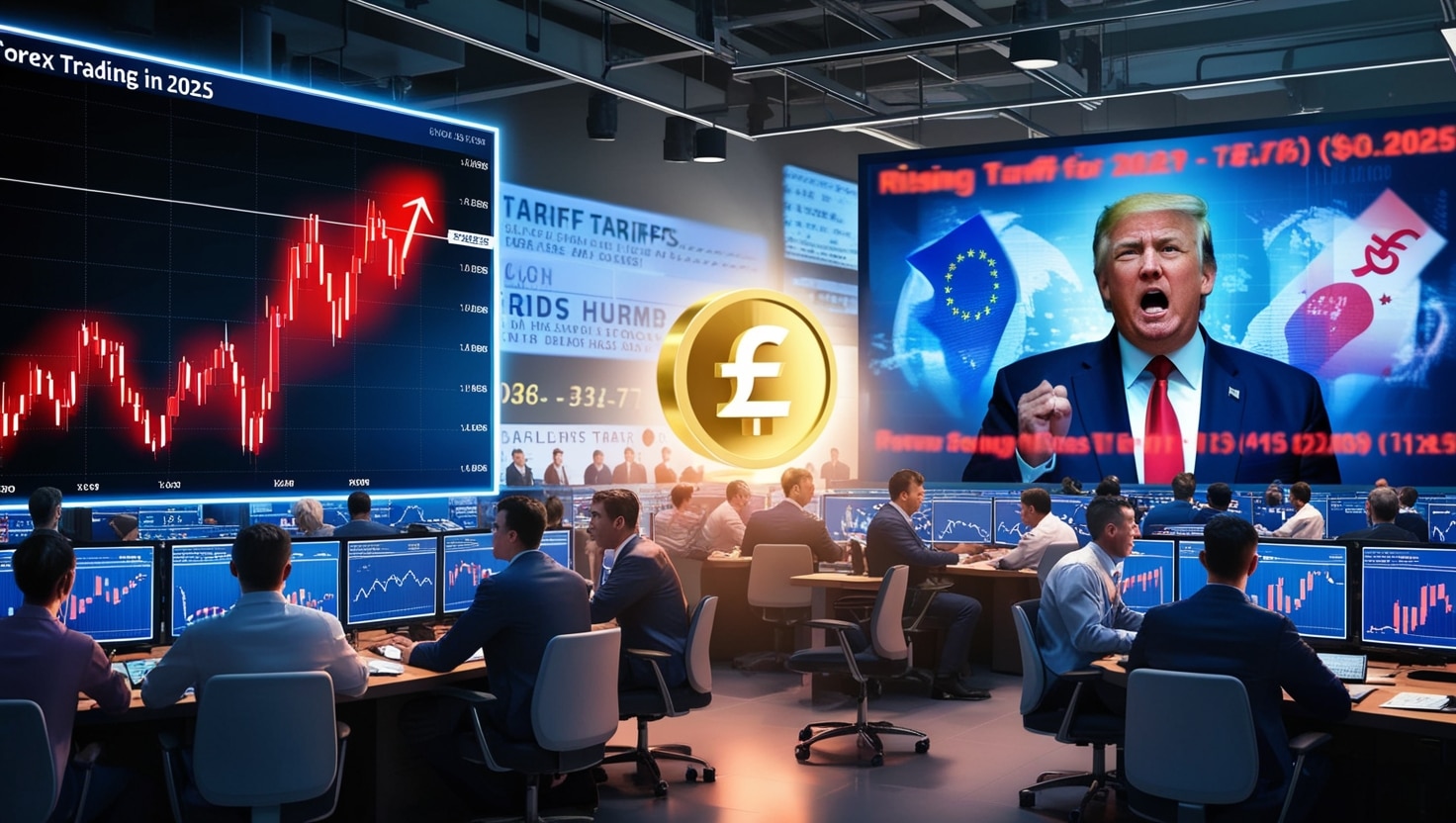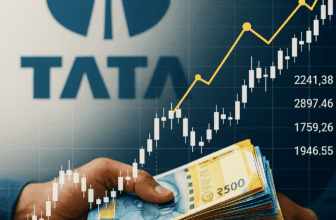
Forex Market News Today
Right now, forex traders are keeping their eyes wide open. The US Dollar is taking a serious beating against other major currencies. Markets are tense as US President Donald Trump reveals new tariffs against global imports, shaking up the forex market news today and sending shockwaves across trading desks. Important data releases—including the ECB’s Monetary Policy Meeting Accounts, Initial Jobless Claims from the US, and March’s ISM Services PMI—promise even more market movement ahead.
Currency Market News Today: USD Suffers Heavy Losses
Throughout the week, the US Dollar hasn’t had a moment’s relief, losing ground across key currency pairs, especially against the Japanese Yen—a reliable “safe haven” in uncertain times. Here’s a quick look at how the USD is doing:
| Currency | Change |
|---|---|
| EUR | -1.25% |
| GBP | -1.48% |
| JPY | -1.78% |
| CAD | -0.92% |
| AUD | -0.27% |
| NZD | -0.87% |
| CHF | -1.29% |
Forex Trading News Today: Trump’s Tariff Details Revealed
President Trump just pulled the curtain back on a sweeping new set of import tariffs, set at a general 10% starting April 5. However, certain trading partners like Canada and Mexico remain exempt. Countries labeled “worst offenders,” including China, Japan, and the European Union, face much heavier tariffs: 54%, 24%, and 20%, respectively. Additionally, foreign cars will incur a steep 25% tax—clearly aimed at boosting American carmakers.
Forex Market Analysis: Immediate Currency Reactions
These aggressive measures triggered an immediate sell-off in the USD Index. The currency lost half a percent on Wednesday alone and lost more than another percent in Thursday’s early Asian trading session, landing at 102.50. Just my two cents, but that’s a tough hit. Leaders worldwide didn’t hide their frustration. European Commission President Ursula von der Leyen labeled these moves dangerous and suggested retaliatory actions might follow.
Meanwhile, EUR/USD soared to levels not seen since October, easily breaking over 1.0960, and GBP/USD jumped past 1.3100—the highest in six months. Both USD/CAD and USD/MXN slipped lower; Canada’s PM Mark Carney pledged swift responses to Trump’s measures.
Forex News Live: Precious Metals and Asian Markets React
Gold prices climbed to a record-breaking peak above $3,160 during the Asian session, though traders pulled profits quickly afterward, pushing the price back down near $3,125. Chinese service-sector data (Caixin Services PMI) came in at 51.9 for March, slightly more upbeat than February’s 51.4. Interestingly, all the USD chaos didn’t significantly boost AUD/USD, which stubbornly hovered around 0.6300.
Worries About US Tariffs? Here’s the Big Picture
Understanding Tariffs in Plain English
Tariffs are, simply put, taxes on imported goods. Governments use them to protect local industries by making imported items more expensive.
Tariffs vs. Regular Taxes: What’s the Difference?
Tariffs are paid by companies importing goods at the border. That’s different from regular taxes, which individuals and businesses pay to tax authorities based on transactions.
Are Tariffs Good or Bad?
Depends who you ask. Some economists argue that tariffs protect local industries and jobs. Others think they lead to higher prices and intensify trade disputes.
The Purpose Behind Trump’s Tariff Plans
Trump is betting that these tariffs will strengthen the American economy. He’s focusing heavily on major trade partners like China and the EU. The tariff revenue, according to him, could eventually pay for personal income tax cuts.
How Do Tariffs Affect Forex Trading in 2025?
The latest World Bank report indicates Trump’s April 2025 tariffs could shrink global trade by 2.5% over the next year, specifically hitting automotive, electronics, and machinery sectors hardest. A Federal Reserve snapshot for March shows the US Dollar Index down roughly 1.8% after tariff news. Risk aversion clearly reigns supreme right now.
The IMF’s April 2025 outlook highlights retaliatory tariffs fired back by China and the EU, pushing the global economy closer to trade war territory. Here at home, the National Association of Manufacturers revealed that about 60% of US manufacturers expect negative fallout from these tariffs, with some even planning to relocate production facilities overseas.
And for everyday Americans? It’s already hitting wallets. March figures from the US Bureau of Labor Statistics reported consumer prices ticking upward by 0.7%, especially noticeable in cars and electronics. Price hikes were quick and clear.
All these developments mean forex traders must prepare for more volatility ahead. Volatility, after all, can turn chaos into opportunity if you trade carefully.

















